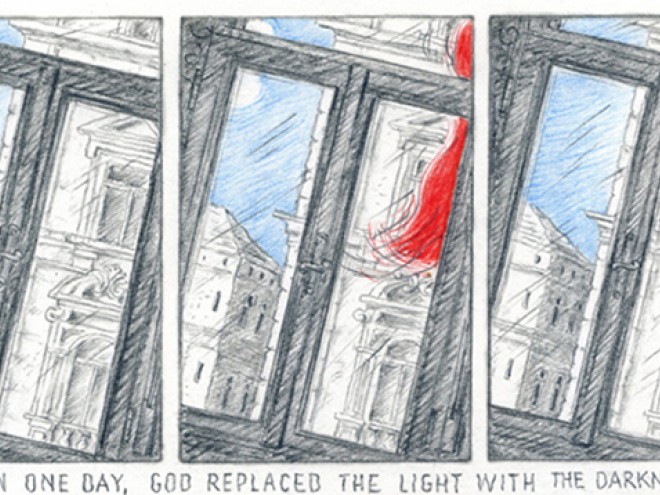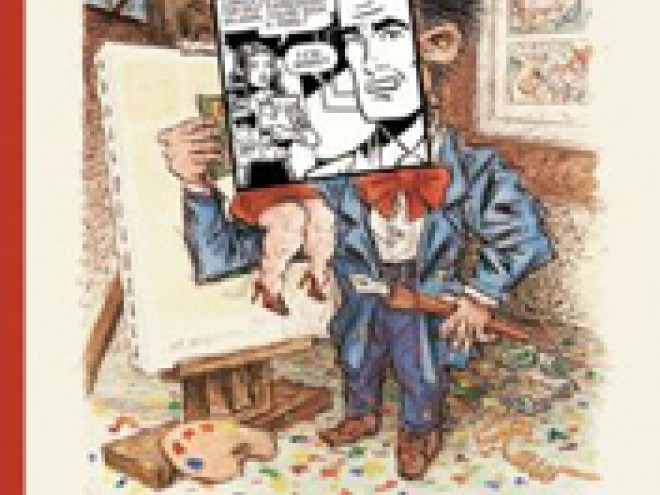In her provocatively titled “How Come Boys Get to Keep Their Noses?” Tahneer Oksman examines portraits of Jewish female identity depicted by seven female graphic memoirists. Aline Kominsky Crumb uses physical stereotypes to explore the cross-generational tensions of individual and group identities. Vanessa Davis’s work delves into the construction of public and private identities; she also looks at the ways in which identities evolve as one’s sense of home and exile changes. Miss Lasko-Gross and Lauren Weinstein tell their stories from the perspective of their childhood selves. Sarah Gladden and Miriam Libicki grapple with the role of Israel in their Jewish identity, and Liana Fink exploits the boundary between remembering and rewriting the distant past to create a present sense of self.
While graphic memoir as a genre may not resonate with all readers, the themes that emerge from Oksman’s nuanced reading will be familiar, sometimes uncomfortably so, to women for whom female Jewish identity is an evolving tapestry. The book’s title comes from a series of panels from Kominsky Crumb’s “Nose Job” that depict the turning point in a relationship between high school girls when one gets a nose job. “Do you still like me?” she asks. But the thought bubble above the one who kept her nose reads, “I don’t know if I can like her anymore” and “How come boys get to keep their noses?” The lightheartedness of the interaction and the graphic form itself belie the deeper themes. A nose job is, in some ways, a rejection of a signifier of identity. What has changed between the two girls is more than a face — and of course that particular form of identity-rejection tends to be gendered.
Other gems include Vanessa Davis’s subtle discomfort of dating a non-Jewish man. In one panel she is resentfully scrunched up on one side of the bed while her boyfriend, on the other side, stays up reading Hitler: The Early Years. In another scene, having moved from New York to California, she falls asleep reading Philip Roth’s Portnoy’s Complaint while thinking, “Isn’t homesickness just part of self-exile? Isn’t it a Jewish legacy to not fit in really anywhere? Isn’t it always that you can take the girl out of Brooklyn but not Brooklyn out of the girl?”
The book has several challenges. It is deeply analytical, having evolved from the author’s dissertation. The author also faces the well-worn difficulty of verbally describing a medium — the graphic memoir — that is not primarily verbal. Some of the panels Oksman describes are reproduced in the book (in black and white and in color) while others are absent, leaving the reader to imagine their visual content. But, for those interested in the graphic form, the author provides ample observations and insights into the construction of female Jewish identity to inspire further exploration.
Ada Brunstein is the Head of Reference at a university press.





